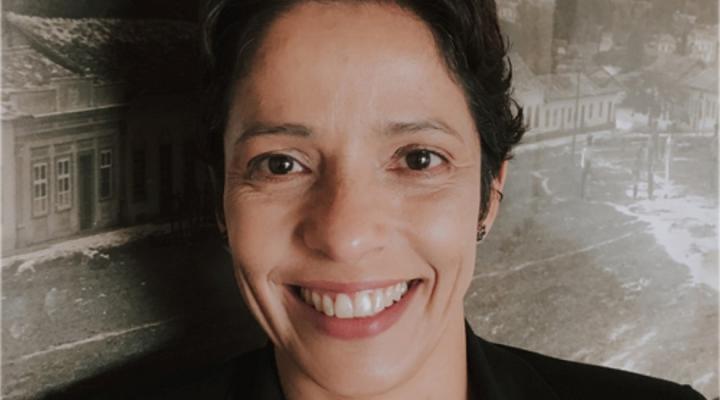
Translating innovative health technologies from concept to market.
Welcome new senior lecturer Suélia de Siqueira Rodrigues Fleury Rosa. Read more about Translating innovative health technologies from concept to market.
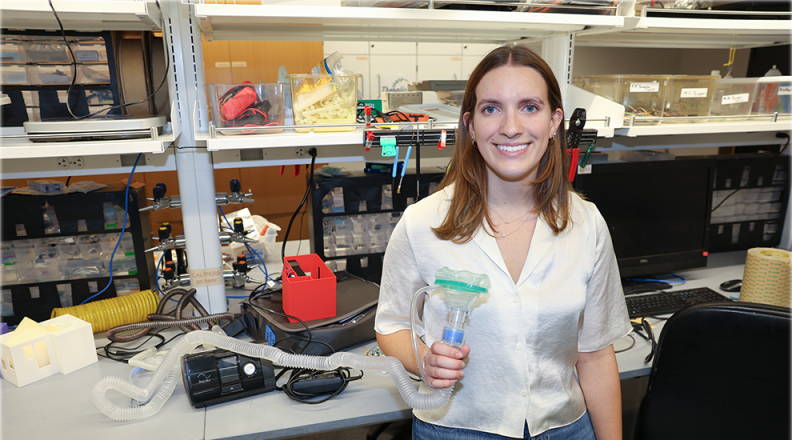
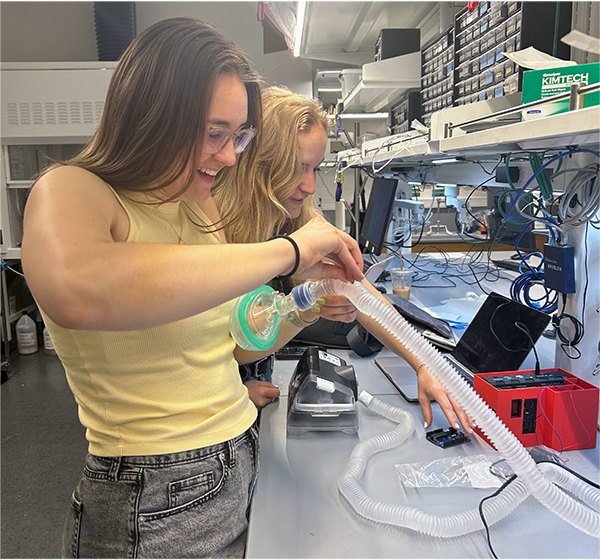
Sleep apnea affects one billion people worldwide, leading to obstructed breathing during sleep and an increased risk of life-threatening diseases. The gold standard treatment, the continuous positive airway pressure (CPAP) device, is notorious for its bulkiness, discomfort, and low patient compliance.
Our product, ApneAware, is a battery-powered, portable CPAP accessory, compatible with any CPAP model, that alleviates complaints regarding mask discomfort and noise levels associated with CPAP devices. Using a microphone and algorithm, the device senses when the user is experiencing an episode of sleep apnea. Accordingly, the mask seals to the user’s face and the device provides positive airway pressure only when patients are actively having a sleep apnea episode.
We had the opportunity to interview many different patients in order to gain further insight into sleep apnea and the CPAP device. These interviews provided the chance to hear from patients with sleep apnea about their grievances with the CPAP device. ApneAware went through many iterations as it was shaped to the patient's needs and concerns through these interviews.
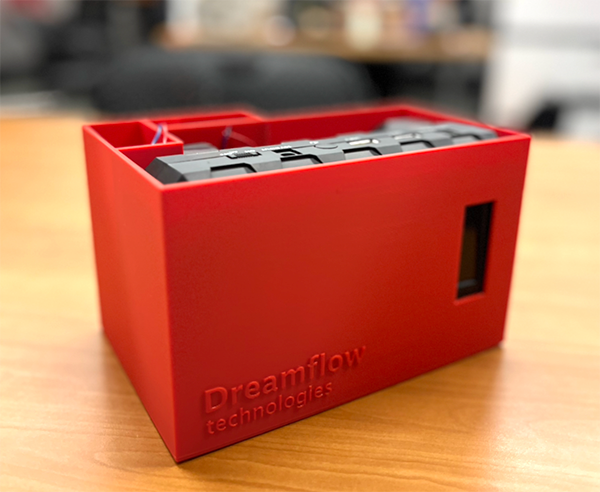
Our team has learned a multitude of technical and professional skills. We learned the importance of the design process in terms of brainstorming, interviewing stakeholders, prototyping, and developing. Working together, our team successfully developed a prototype of the CPAP accessory.
We received positive feedback on our design from faculty and stakeholders. This feedback has encouraged us to continue working on our device. We believe that ApneAware has great potential and we are excited to see what comes next.
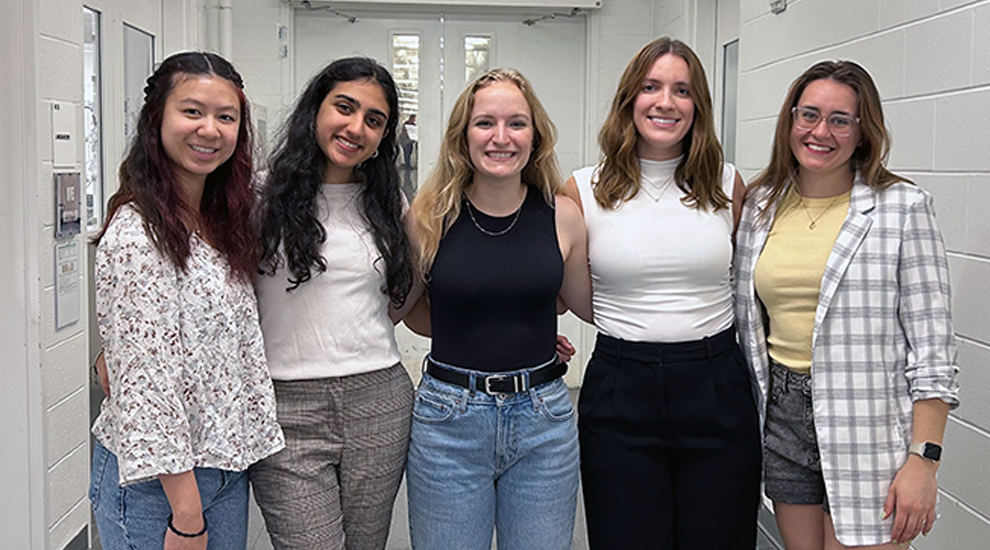
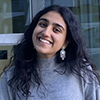 Isha Arora: My interest in biomedical engineering came from a high school internship that showed me the potential of engineering design in expanding the accessibility of vaccines in developing nations. Cornell BME seemed like a natural fit for my desire to make a positive impact on others’ lives. It not only exposed me to many critical problems in healthcare and medicine, but also gave me a platform to innovate solutions to these issues. My classes have taught me to approach biomedical engineering problems holistically by incorporating concepts from other fields such as computer science and mathematics. Our senior design project has allowed me to contribute to resolving the pertinent issues faced by sleep apnea patients, while also helping me expand my understanding of the biodesign process. My contributions to the team focused on developing and coding the sensing mechanism that detected when the patient was having an apnea. As research lead, I explored the use of a pressure sensor and microphone for the same, and conducted stakeholder interviews to refine our design choices. Working to improve the lives of those suffering with sleep apnea this past year with such an incredible team has been a rewarding experience.
Isha Arora: My interest in biomedical engineering came from a high school internship that showed me the potential of engineering design in expanding the accessibility of vaccines in developing nations. Cornell BME seemed like a natural fit for my desire to make a positive impact on others’ lives. It not only exposed me to many critical problems in healthcare and medicine, but also gave me a platform to innovate solutions to these issues. My classes have taught me to approach biomedical engineering problems holistically by incorporating concepts from other fields such as computer science and mathematics. Our senior design project has allowed me to contribute to resolving the pertinent issues faced by sleep apnea patients, while also helping me expand my understanding of the biodesign process. My contributions to the team focused on developing and coding the sensing mechanism that detected when the patient was having an apnea. As research lead, I explored the use of a pressure sensor and microphone for the same, and conducted stakeholder interviews to refine our design choices. Working to improve the lives of those suffering with sleep apnea this past year with such an incredible team has been a rewarding experience.
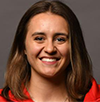 Calista Brady: I was recruited to Cornell's varsity women's gymnastics team and I loved the campus and thought the people were down-to-earth. Soon after my career at Cornell began, I also came to realize the array of opportunities for personal and academic growth. After my first semester, I decided to change my major from biological sciences in CALS to biomedical engineering in the Cornell Engineering because I felt like the BME major would offer me more opportunities after graduation. Through Cornell and BME, I have experienced endless possibilities of innovation and problem-solving within the realm of human health and medicine. I took on the electrical and mechanical lead role on our design team, focusing on the idea that the device should be battery-powered. Additionally, through stakeholder interviews, I learned that the mask was still a major drawback for most CPAP users, so I began to brainstorm and execute ways to alleviate this problem.
Calista Brady: I was recruited to Cornell's varsity women's gymnastics team and I loved the campus and thought the people were down-to-earth. Soon after my career at Cornell began, I also came to realize the array of opportunities for personal and academic growth. After my first semester, I decided to change my major from biological sciences in CALS to biomedical engineering in the Cornell Engineering because I felt like the BME major would offer me more opportunities after graduation. Through Cornell and BME, I have experienced endless possibilities of innovation and problem-solving within the realm of human health and medicine. I took on the electrical and mechanical lead role on our design team, focusing on the idea that the device should be battery-powered. Additionally, through stakeholder interviews, I learned that the mask was still a major drawback for most CPAP users, so I began to brainstorm and execute ways to alleviate this problem.
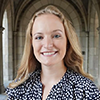 Samantha Symons: I grew up with a passion for helping people and making things and always envisioned myself in healthcare. In my junior year of high school, I became fascinated with biomedical engineering when working in a tissue engineering lab. This interest continued at Cornell, where I’ve had the opportunity to explore my many interests within BME and healthcare through Cornell’s project teams, clubs, research labs and classes. I was initially drawn to this project because I wanted to learn more about sleep apnea, and knew I wanted to work on a hands-on project related to biomechanics. On our team, I have worked as the economics lead, and more recently, as the lead on our computer-aided design (CAD) model for our device. Talking to sleep doctors and sleep apnea patients helped me see the need for our device and has taught me so much about the biodesign process. This project also helped me hone my technical engineering skills in CAD modeling, 3D printing and more.
Samantha Symons: I grew up with a passion for helping people and making things and always envisioned myself in healthcare. In my junior year of high school, I became fascinated with biomedical engineering when working in a tissue engineering lab. This interest continued at Cornell, where I’ve had the opportunity to explore my many interests within BME and healthcare through Cornell’s project teams, clubs, research labs and classes. I was initially drawn to this project because I wanted to learn more about sleep apnea, and knew I wanted to work on a hands-on project related to biomechanics. On our team, I have worked as the economics lead, and more recently, as the lead on our computer-aided design (CAD) model for our device. Talking to sleep doctors and sleep apnea patients helped me see the need for our device and has taught me so much about the biodesign process. This project also helped me hone my technical engineering skills in CAD modeling, 3D printing and more.
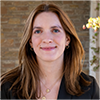 Emma Taigounov: My niece was born with Cystic Fibrosis and she inspired me to pursue a career in biomedical engineering to improve human health and medicine around the world. Pursuing this degree with a minor in business has been the perfect blend of my interests in design, entrepreneurship and management. Cornell’s vast resources and opportunities, including project teams and research facilities, have allowed me to explore these many interests. I was motivated to pursue the sleep apnea project because many close friends and family members struggle with this sleeping disorder. Leading this team and developing my professional and technical skills this past year has been a great experience and a pleasure.
Emma Taigounov: My niece was born with Cystic Fibrosis and she inspired me to pursue a career in biomedical engineering to improve human health and medicine around the world. Pursuing this degree with a minor in business has been the perfect blend of my interests in design, entrepreneurship and management. Cornell’s vast resources and opportunities, including project teams and research facilities, have allowed me to explore these many interests. I was motivated to pursue the sleep apnea project because many close friends and family members struggle with this sleeping disorder. Leading this team and developing my professional and technical skills this past year has been a great experience and a pleasure.
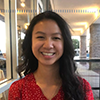 Megan Yeh: I always wanted to be a doctor, but as I grew older and took different classes throughout high school, I realized that may not be the right path for me. While I learned where my strengths lie, I never wanted to let go of my passions and values. BME is the perfect blend of engineering with medicine to make an impact in healthcare. Cornell has abundant resources and opportunities in research, project teams and class projects. These opportunities have allowed me to explore my interests and potential career paths, building my professional experience and skills. I originally chose this project because, although I do not have sleep apnea, I am a very light sleeper with slight insomnia, and I understood how lack of sleep affects a person's daily life. Learning more about sleep apnea as a part of this team illuminated how common the issue is and only drove my passion forward more. I’m proud to have been a part of such an extraordinary team this year with an amazing purpose.
Megan Yeh: I always wanted to be a doctor, but as I grew older and took different classes throughout high school, I realized that may not be the right path for me. While I learned where my strengths lie, I never wanted to let go of my passions and values. BME is the perfect blend of engineering with medicine to make an impact in healthcare. Cornell has abundant resources and opportunities in research, project teams and class projects. These opportunities have allowed me to explore my interests and potential career paths, building my professional experience and skills. I originally chose this project because, although I do not have sleep apnea, I am a very light sleeper with slight insomnia, and I understood how lack of sleep affects a person's daily life. Learning more about sleep apnea as a part of this team illuminated how common the issue is and only drove my passion forward more. I’m proud to have been a part of such an extraordinary team this year with an amazing purpose.